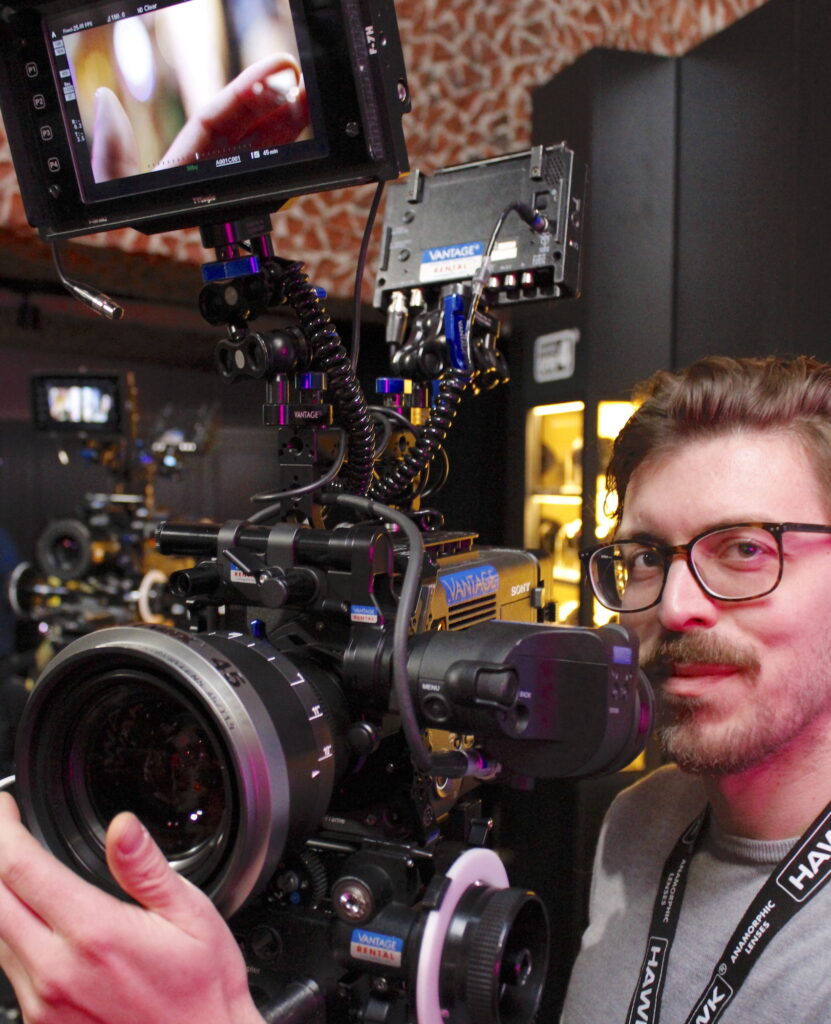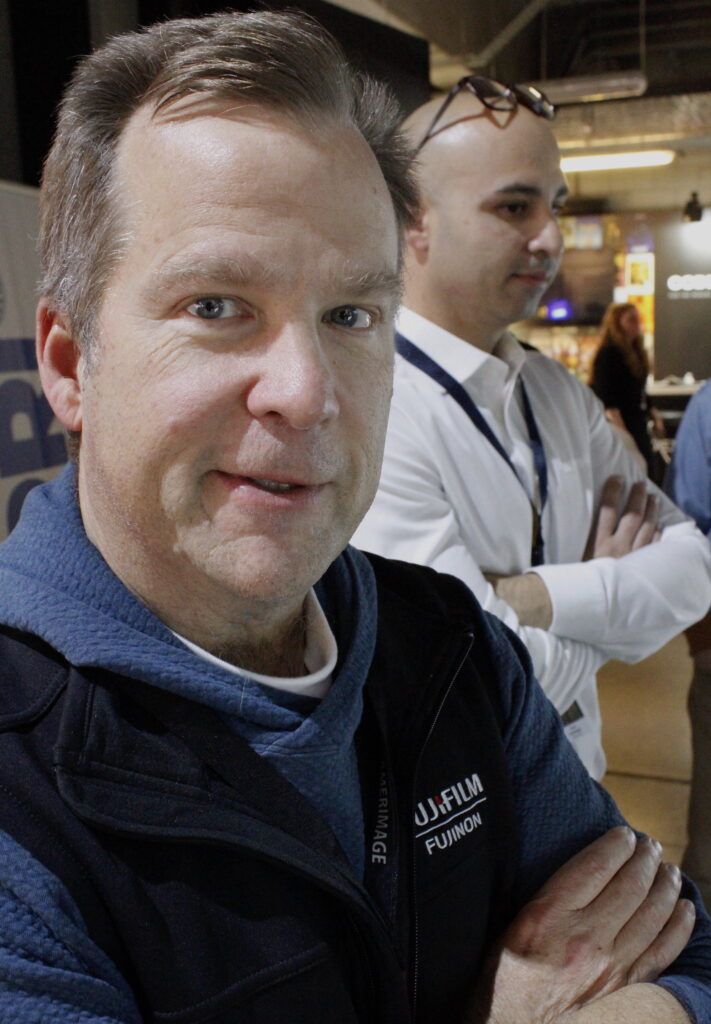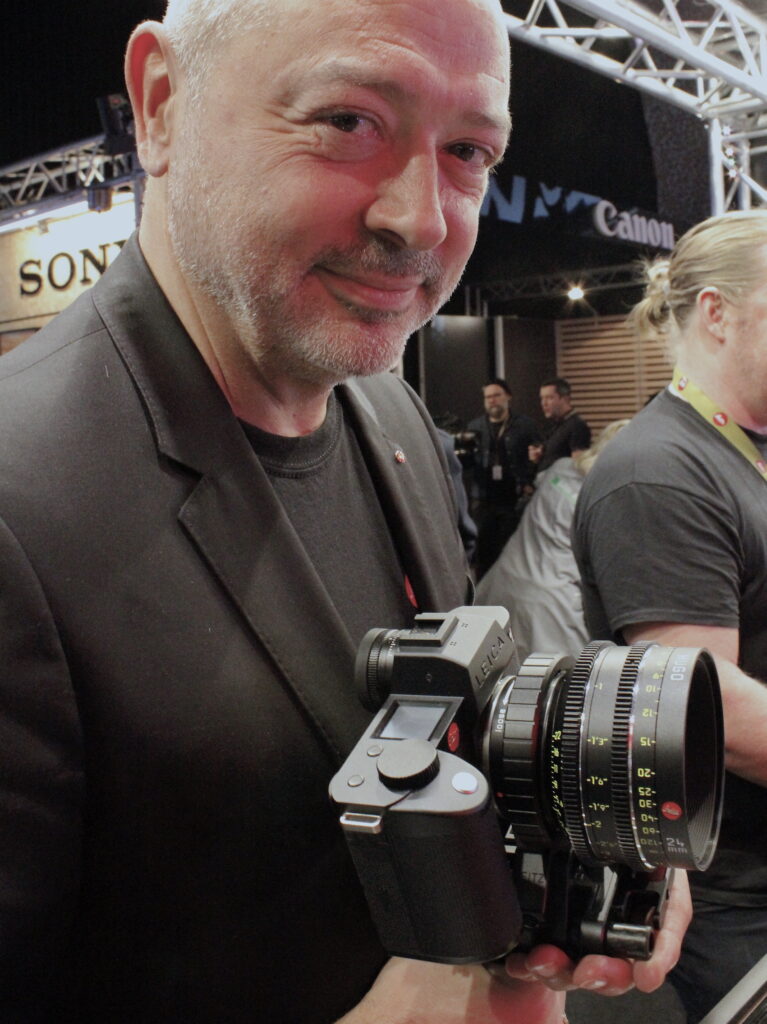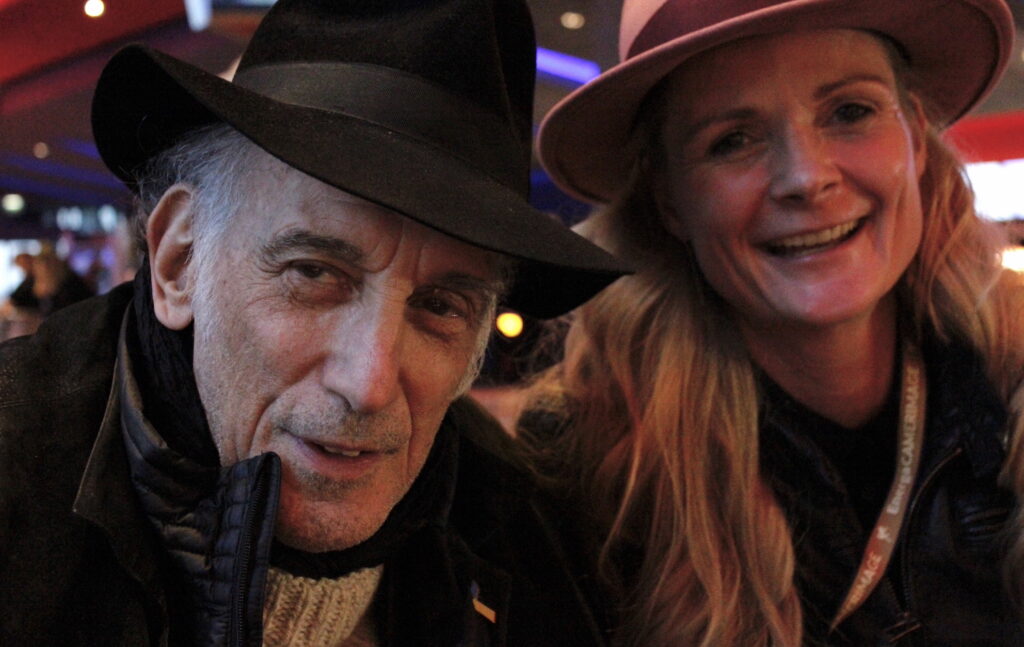2024-06-14 |
Andrés
Clubhouse Conversations — 3 Body Problem
In this episode, cinematographers Jonathan Freeman, ASC, Richard Donnelly, ISC, and Martin Ahlgren, ASC are joined by interviewer Larry Fong, ASC to discuss their work on 3 Body Problem — the science-fiction show based on the acclaimed novel series Remembrance of Earth’s Past by Liu Cixin.
Se hela konversationen här.






